Electrical and
Information Engineering
Information Engineering
Electrical and information engineering is an academic discipline that studies the nature, structures and logic of information from the points of generation, transmission, conversion, recognition and usage. This discipline also studies the theory and practice of information equipment and the hardware and software of information systems, with a focus on computers. This technology is indispensable and is a foundation of industry and life in our modern society. Electrical and information engineering is based on electrical and electronic engineering, communication engineering and computer science. The combination of these broad technological fields led to the creation of this advanced technological field of study.
Through instruction and research into electrical and information engineering, whith an eye towards taking consideration into the impact of information communication technology on society, the Faculty of Electrical and Information Engineering cultivates specialists who will acquire the ability to adapt to a wide range of electrical, information and communication related problems, and can therefore respond to modern day demands. Additionally, we work to cultivate specialists who can solve yet unknown problems autonomously and creatively.
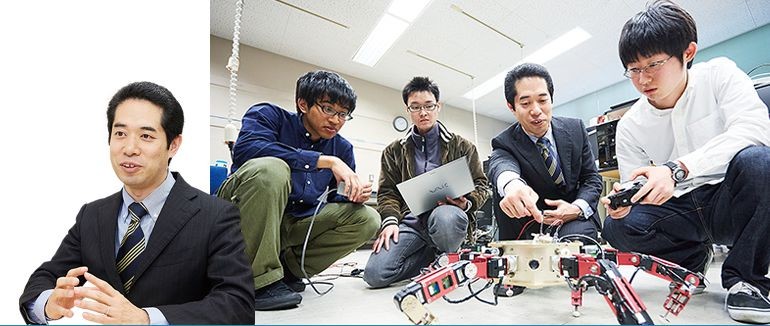
Development of multi-legged robot is one of our major research themes. We are now working on development of application for the multi-legged robot and aiming at standardization of robot movements for respective purposes, for its practical implementation in the society. In concrete terms, we are assuming locations for inspection work etc. for the bridge, and are targeting the development of a robot that climbs, tests and photographs the structure.
Students designs their own robots using 3D CAD. In doing so, they are required to pay attention to the ability to do anything freely on screen. For example, though it is easy to change the shape or drill a hole on screen, during actual manufacturing, frequently there are cases when shape is tough to manage or when things become technically impossible. Students learn such difficulties when they draft two-dimensional drawings of what they have designed, and this leads them to cultivate knowledge and techniques of 3D CAD via designing.
Every November, we participate in the mobile robots competition “Tsukuba Challenge” that is held in Tsukuba City, Ibaraki Prefecture. Tsukuba Challenge is a competition in which mobile robots are made to autonomously move through real pedestrian environments such as promenades in Tsukuba City, clear various tasks like “stopping before crossing a pedestrian path,” and then return to the starting point. We have been participating in this event since 2014, and are working to improving the hardware of the robot and its control program so as to cope with increasing number of tasks. There are several opportunities to test drive the robot before the competition during which the students obtain data using a LiDAR (Light Detection and Ranging) to create a map and program the route while learning programming in a practical manner. In the actual competition, it is not rare to face troubles such as sensor failure or device issues due to bad weather, however, despite facing these issues, students get to actually experience the fun and charm of manufacturing.
In our modern society, information is carried by physical quantities such as electric signals, magnetic signals, optical signals, and more. We work to research the principles and advanced devices used for control of these physical quantities with high efficiency and accuracy, which is vital for manufacturing.
In particular, we are focusing on light amplification technology, optical functional systems that use nonlinear devices for amplified light, information photonics technology used to acquire and display 3-dimensional images by utilizing characteristics of light and measure biological information, ultra-compact thin film power sensors and micro electromagnetic devices that can become key devices for smart energy systems, spintronics and other hardware.
We are researching application of semiconductor lasers in regards to optical communication, direct light amplification, functional optical devices utilizing light wavelength conversion, as well as three-dimensional shape measurements and the stereoscopic display of objects, the measurement of biological information and other subjects related to the field of optical information engineering.
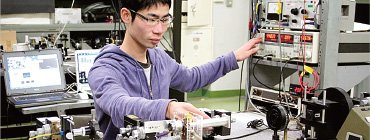
We are researching microelectromagnetic devices, micromachines, phased array antennas, and the measurement and analysis of electrical information from living organisms. We are also focusing on developing the world’s first compact thin-film power sensors, that could be incorporated into all electric products. We measure power consumption in real time and reduce unnecessary power.
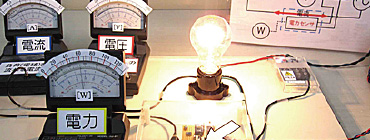
We are researching electronic devices that use new energy saving methods. In traditional devices, the information is transmitted and processed using only electrical currents. We focus on devices that transfer information using a magnetic flow called “spin current”, rather than electric current.
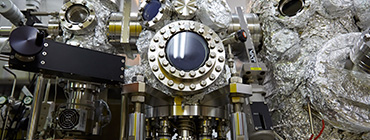
*Click to view researcher profiles
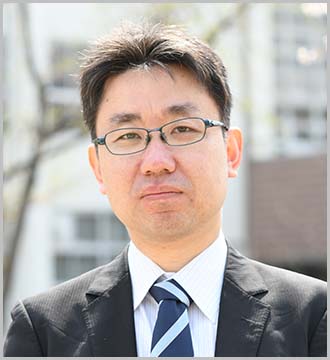
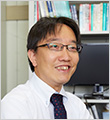
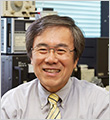
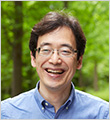
We are engaged in research organically combining hardware and software expertise in the field of information processing with the aim of creating new value sought by modern society. In particular, we are researching human interfacing with wearable computers in the form of glasses-type displays that produce 3D images, etc.; in relation to both their use in the medical and engineering fields as well as in regards to subjects such as the endoscope and health care, signal processing and data analysis based on probability and statistical methods, technical modeling of visual information processing and pattern recognition performed by humans and living organisms, and application of these models in robotics and medical image processing, control of legged robots imitating living organisms, as well as reinforcement learning aimed to achieve human-like environmental recognition and action planning.
We are researching 3D video interfaces which combine 3D displays and 3D cameras, eyeglass displays (Head-Mounted Display), wearable computers, new endoscopes, medical specimen control and healthcare.
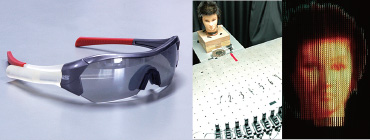
In addition to fundamental research conducted regarding statistical signal processing used as a method for extracting useful information from observed raw signals and data as well as engineering models of information processing performed by living organisms and humans, we are also researching application of this theoretical knowledge in various fields, including on the communication of information, intelligent robots and image processing for medical use.
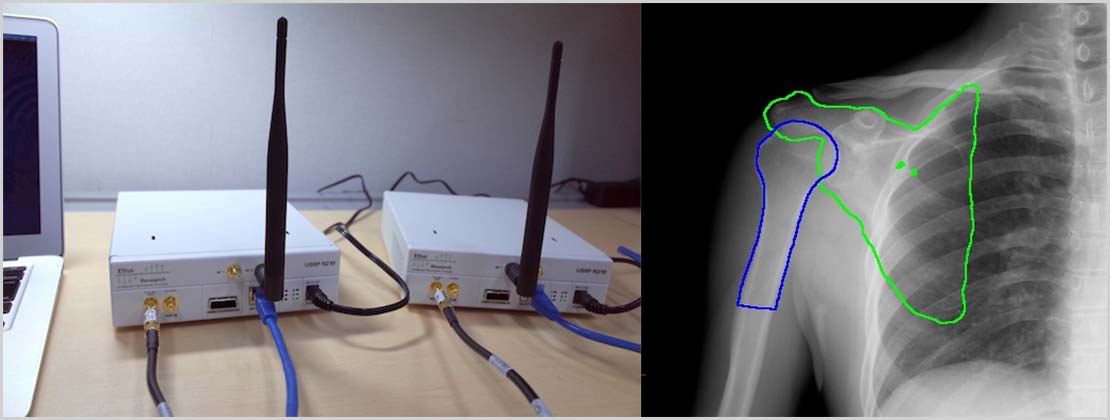
We are researching the motion control of humanoid robots, that can adapt to a human living environment, as well as multilegged robots which are designed to imitate animals or insects. We are also researching reinforcement learning, with the aim to develop an artificial intelligence which has abilities close to the thinking power of human beings, so that robots could acquire proper environment recognition and behavioral policy when performing tasks.
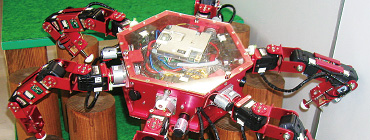
*Click to view researcher profiles
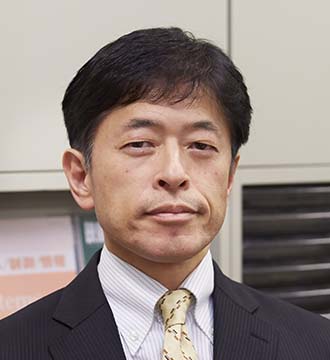
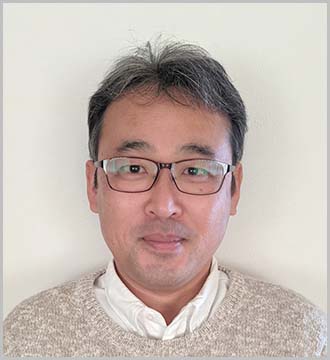

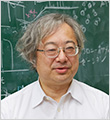

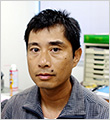
The domain of advanced communications and networking comprises a wide range of research fields related to information communication, including information communication networks and information communication systems. We strive to develop technology which can perform data transfers with a high speed, large capacity, high reliability and low power consumption. We believe this will be highly advanced technology that will be the basis for next generation communications. We are also working on the active application of already available knowledge to other fields, and on development of entirely new fields of research, such as the development of disaster relief robot networks and the application of our research results in regards to healthcare, sports, medicine and social welfare. Through these research results, the laboratory of information and communications will contribute to building a safer and more secure social infrastructure.
We are working on the development of technologies for the next generation, in regards to both wired and wireless networks, to enable us to use networks more intimately and with confidence. Our R&D work is directed towards the advancement of network technologies, in terms of increasing speed, data volume, reliability and lowering levels of power consumption.
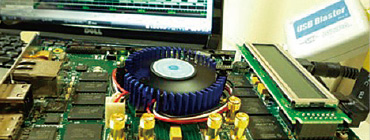
The goal of our research is to establish a new foundation for information distribution, integrated with network that use diversified media in a unified way. We are researching and developing methods used to find distributed information quickly and reliably, the establishment of high-quality communication technology, and new communication models utilizing mobile devices.
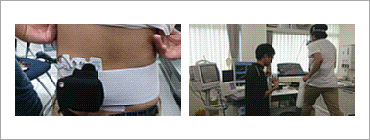
Our research is focuses on the distributed and cooperative control of networked, multi-agent systems. Specifically, our goal is to design effective control algorithms for multi-agent discrete-events as well as cyber-physical systems, and apply the designed controls to networks for autonomous robots.
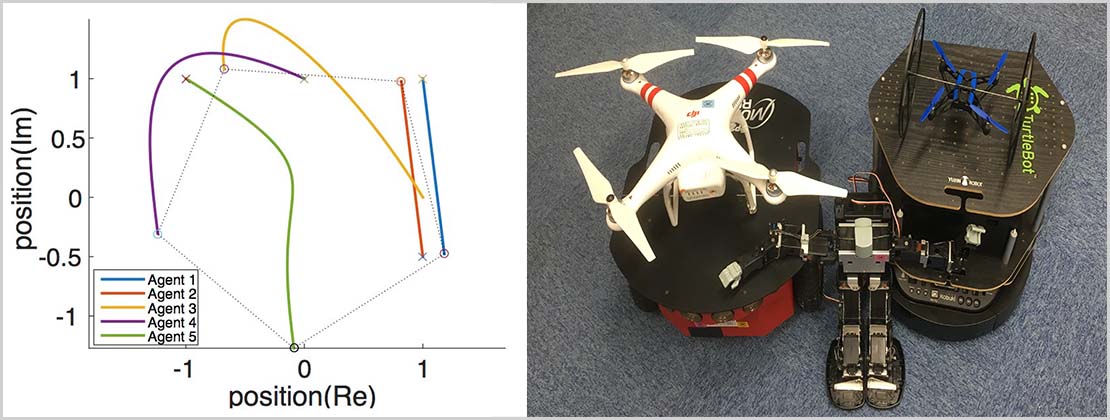
We are working on spreading codes for communication channels and for multiple access in optical and wireless communications, wireless networks for multiple robots, and their application, the application of wireless information communication technologies in regards to health care, sports and the medical field, as well as technology regarding position estimation in wireless systems and its application.
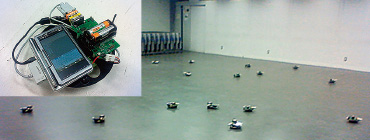
*Click to view researcher profiles
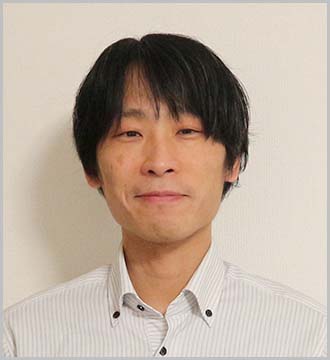
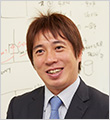
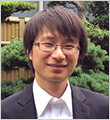
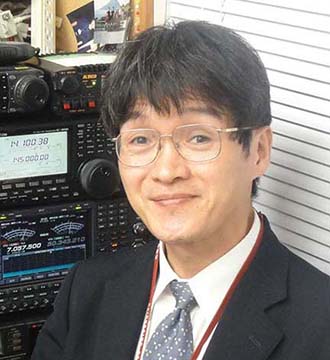


We are engaged in researching methods of providing various services by distributed systems using a large number of computers connected to a network. We are also conducting R&D of infrastructure software distributed systems. Designed to implement distributed systems, applications using.
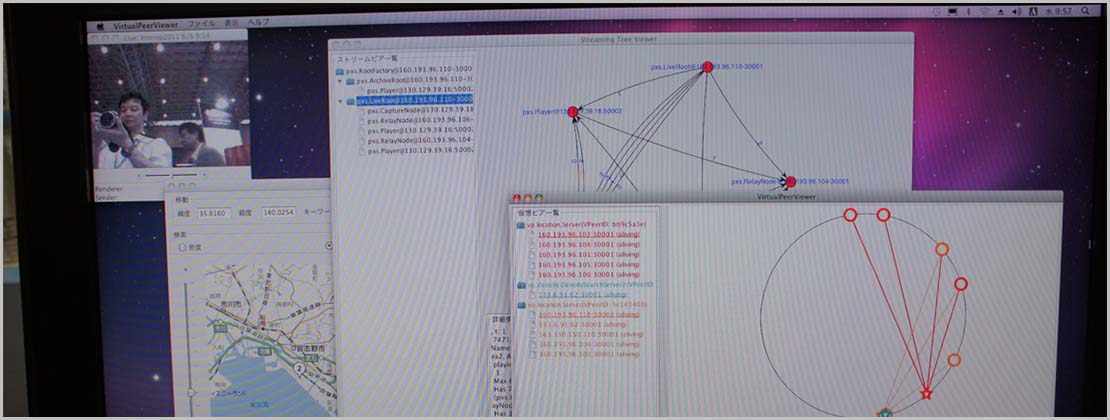
Information infrastructure, such as the Internet and cloud networks, is indispensable for in our modern society. We are researching various technologies and methods to help keep information infrastructure safe, reliable and efficient.

We are researching the retrieval of information, artificial intelligence and user interfaces. We are also studying web intelligence, the extraction and organization of information (text), life logs, library informatics and more.
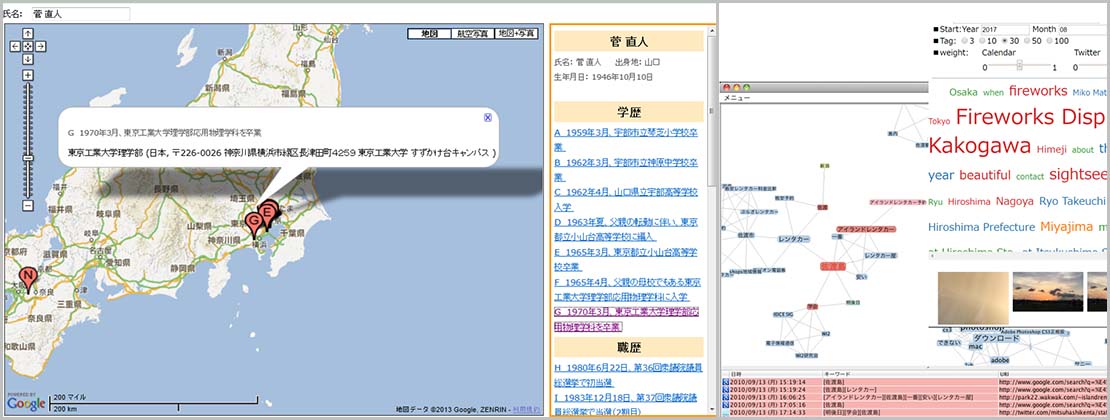
Human behavior is always relatable to their position on the Earth. For example, it is possible to know the history of an area and think about a future city in this place by using position and map information related to human activities and extracted from various sources. We are researching the application of information about location, map and spaces for urban development with respect to the individuality of local communities, disaster prevention and mitigation, and more.
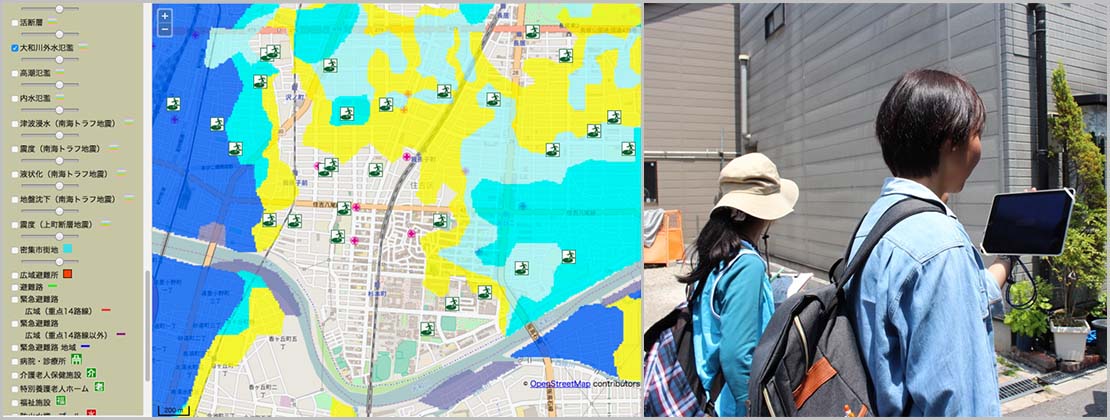
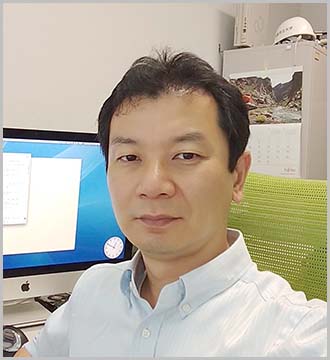

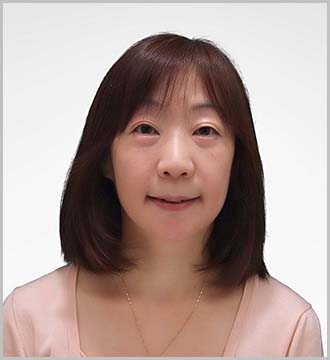

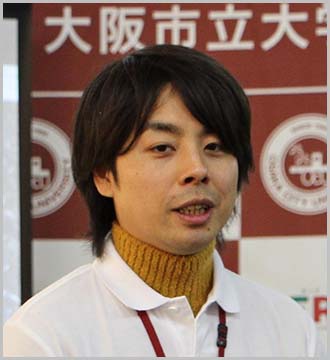

A society which holds sophisticated information requires far-sighted researchers and engineers with flexible practical skills based on a wide range of related technologies such as electrical and electronic engineering as well as computers and their ability to process, transmit and control information. In our faculty, future engineers and researchers will acquire the ability to deal with a wide range of problems related to electricity, information and communication, as well as the ability to solve yet unknown problems by themselves, autonomously and originally. Thus, we are seeking the following people for our faculty;